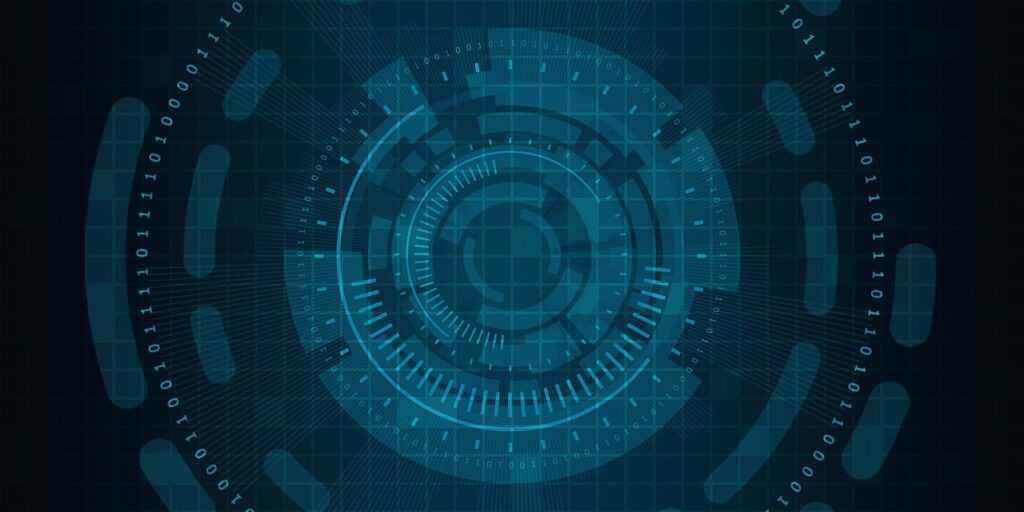
Ransomware attacks are a terrifying prospect. They hold your precious data hostage, demanding a hefty ransom to decrypt it. In the face of such a threat, quick and accurate identification of the specific ransomware variant is crucial. This allows you to explore potential decryption options and minimize damage.
Fortunately, there’s a valuable resource available: Proven Data’s Free Ransomware Identification Service. This service empowers you to fight back against ransomware without breaking the bank. Let’s delve into how this service works and the different methods it offers to identify the ransomware plaguing your system.
Understanding Ransomware Identification
Ransomware works by encrypting your files, essentially locking them away with a complex digital code. To regain access, attackers demand a ransom payment in exchange for a decryption key. The key issue here is the sheer number of ransomware variants in existence. Each variant may have its own unique characteristics, making identification critical for determining the best course of action.
Proven Data’s Free Ransomware Identification Service: Your Weapon Against Digital Extortion
Proven Data steps in with their free service, offering a lifeline in the midst of a ransomware attack. Here’s how it works:
- Multiple Identification Methods: The service boasts a versatile approach, allowing you to identify ransomware through various avenues. This ensures a higher chance of success even if certain information is unavailable.
- General Lookup: This is a great starting point. Simply provide details about the attack, such as the behavior you’ve observed or any ransom messages displayed. Uploading a screenshot of the affected device can further enhance the identification process.
- Identification by Email: Ransomware often includes contact information for the attacker. By entering this email address into the service, you can potentially discover the specific ransomware variant associated with it.
- Identification by Note: Ransomware frequently leaves a ransom note on the infected device. This note typically contains instructions and details about the attack. Copying and pasting the text of this note into the service can be surprisingly effective in identifying the culprit.
- Identification by File: Some ransomware variants create specific files during the encryption process. Uploading one of these files can provide valuable clues for identification. [Caution: Uploading suspicious files online carries inherent risks. Ensure the service has a secure upload process and consider consulting a cybersecurity professional if unsure.]
- Identification by Executable: For more advanced users, the service allows uploading an executable file associated with the ransomware. Analyzing the code within this file can provide a definitive identification. [Caution: This method requires a high level of technical expertise. It’s advisable to seek professional help unless you’re comfortable with such tasks.]
Benefits of Using Proven Data’s Free Service
There are several advantages to using Proven Data’s free service:
- Cost-Effective: The service is completely free, offering a critical tool without any financial burden, especially valuable when dealing with the added stress of a ransomware attack.
- Fast and Efficient: Identification can be achieved quickly, allowing you to react promptly and potentially minimize damage.
- Multiple Methods: The variety of identification methods increases the likelihood of success, even with limited information.
- User-Friendly: The service is designed to be accessible to a broad range of users, with straightforward instructions and clear interface.
Additional Tips for Dealing with Ransomware
While Proven Data’s service is a valuable tool, it’s crucial to remember it’s not a guaranteed solution. Here are some additional steps to consider:
- Don’t Pay the Ransom: While tempting, paying the ransom doesn’t guarantee decryption and encourages further attacks.
- Backup Regularly: Having a recent backup allows you to restore your data and avoid the need to pay a ransom.
- Report the Attack: Report the attack to the authorities to help track down the perpetrators.
- Seek Professional Help: If the situation feels overwhelming, don’t hesitate to seek assistance from cybersecurity professionals. They possess the expertise to handle complex situations and potentially recover your data.
If you want to dive into free ransomware identification on ID.ProvenData then visit our site.
Conclusion: Taking Back Control
Ransomware attacks can be devastating, but by utilizing free services like Proven Data’s ransomware identification tool, you can take back control. By quickly identifying the specific threat, you can explore potential recovery options and minimize the impact of the attack. Remember, staying informed and having a plan in place can make all the difference in the face of a ransomware attack.